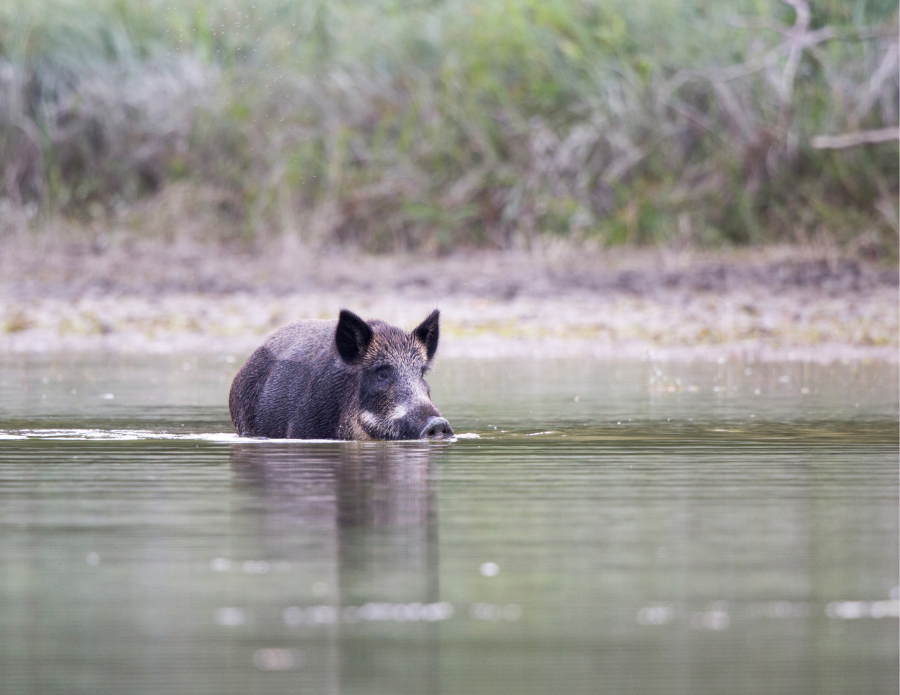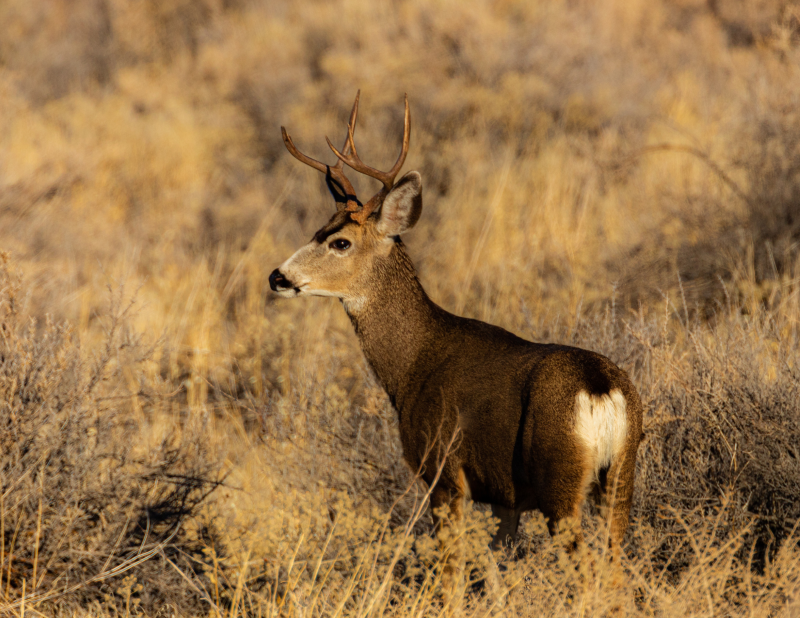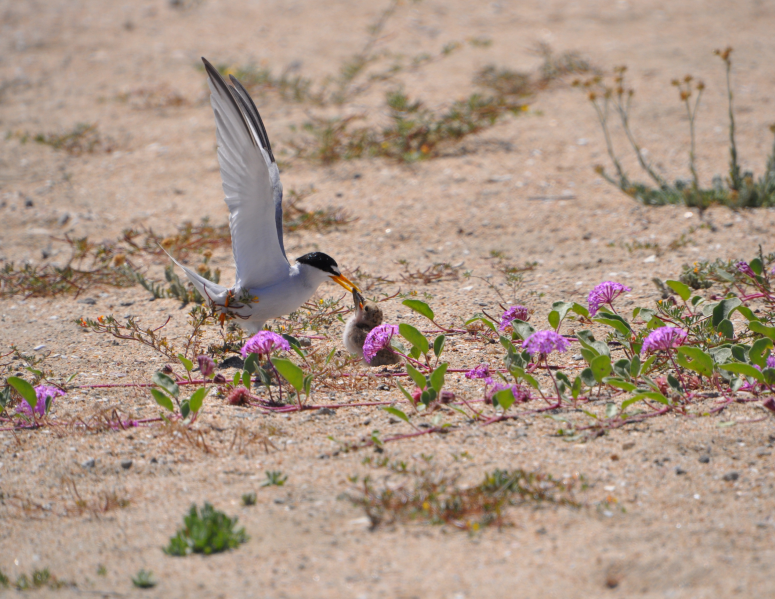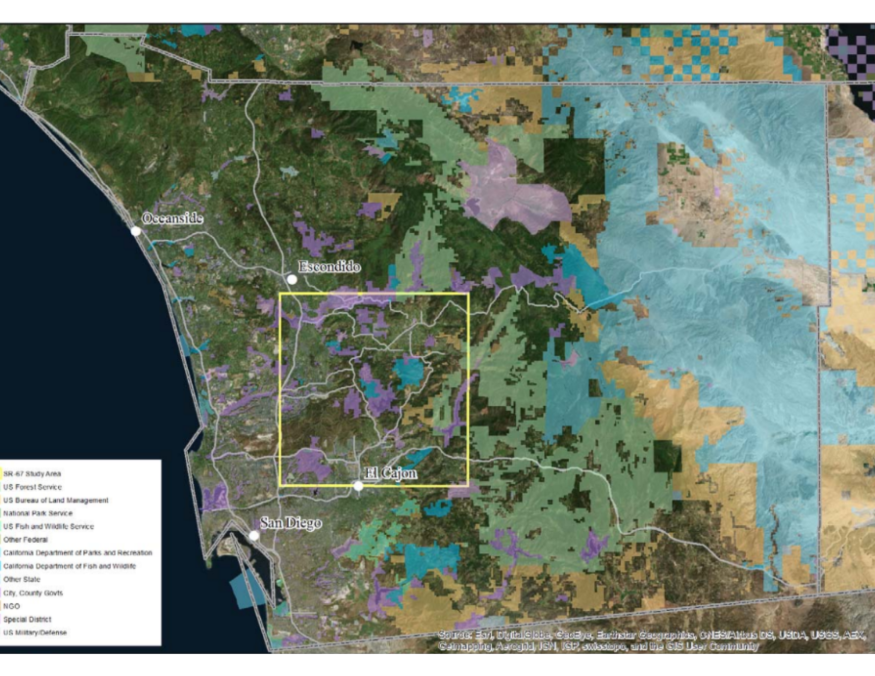Population Modeling of Peninsular Bighorn Sheep
Peninsular bighorn sheep (Ovis canadensis nelsoni) are a distinct population segment of the desert bighorn sheep. They are a California state threatened species and a federally endangered population segment due to habitat degradation and loss, disease, predation, human disturbance, low lamb recruitment, invasive toxic plants, and prolonged drought.
Working in partnership with the California Department of Fish and Wildlife, IEMM is analyzing long-term datasets to determine demographic parameters that drive population growth, such as survival and reproduction rates.
The goal of the project is to develop an updated population status assessment and population models for Peninsular bighorn sheep to inform ongoing management and recovery actions within the nine recovery regions located in Riverside, Imperial, and San Diego counties.
The research is focused on the following objectives:
-
Analysis of population survey data and ewe group monitoring data collected from very high frequency (VHF)- and Global Positioning System (GPS)-collared bighorn sheep. This is used to estimate population size and ewe group size as well as emigration rates, reproduction, lamb recruitment, and cause-specific mortality.
-
Develop an integrated population model (IPM) for Peninsular bighorn sheep to produce an updated assessment of population status, including abundance estimates and population trajectory. This allows us to quantify the relative impact of disease, predation, and human disturbance on bighorn sheep mortality among subpopulations and predict population persistence under various environmental conditions such as drought.
-
Determine the distribution and behavior of interacting Peninsular bighorn sheep, mule deer, and mountain lions by analyzing the movement of co-occurring VHF- and GPS-collared individuals using existing tracking and monitoring data.
Project Partner
More Ecological Management and Conservation Projects







